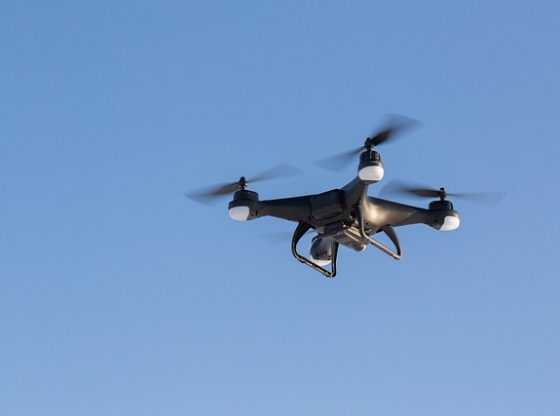A New Era for Global Defense: Drones and Disruptive Tech Take Center Stage
Big changes are happening in how armed forces around the world prepare for conflict, from the battlefield to the halls of power. It’s a real shake-up that’s changing the game when it comes to engaging with adversaries.
June kicked off with a huge wake-up call about just how versatile and effective drones can be in warfare. After 18 months of careful planning, Ukraine managed to sneak containers packed with drones right into Russia, causing damage to aircraft at five different air bases far and wide. This daring “Operation Spiderweb” really hammered home how efficient and relatively low-cost these defense technologies are. It also offered an eye-opening example of the new kinds of threats we’re facing. Because of this, President Donald Trump has already signed an executive order specifically aimed at boosting domestic drone production and tackling the growing threat of “criminal, terrorist and foreign misuse of drones inside U.S. airspace.”
But even as drones make headlines, there’s also been a timely reminder about the need for more powerful munitions. The recent attempt to thwart Iran’s nuclear ambitions clearly showed that traditional military muscle, like “bunker buster” bombs, still plays a key role. President Trump is also focused on creating a “Golden Dome” missile shield system. This ambitious project is likely to take many years to complete and will involve a wide range of industry players, including those in the defense tech space.
Even with U.S. lawmakers trying to be more strategic about how they spend money, they’re still pushing for a 12% increase in the defense budget. However, many industry analysts believe the current climate will favor low-cost, disruptive technologies over the more traditional defense contractors. Both Goldman Sachs and Stifel have recently started covering defense tech stocks, including drone manufacturer AeroVironment, and investors have been buying up these stocks for weeks. Despite this recent surge, analysts are optimistic that there’s still plenty of room for new money to flow into the sector.
Why Defense Tech is Commanding a Higher Valuation
Jonathan Siegmann, an analyst at Stifel, mentioned that while he expects demand for equipment from big names like Lockheed Martin and Northrop Grumman to continue, the real growth will be in the defense tech space. He’s recently started covering AeroVironment, Kratos Defense & Security, and Teledyne Technology, with AeroVironment and Teledyne being among his top picks. Siegmann shared, “I am really excited about these companies because I feel growth in defense is going to be valued today.”
To give you an idea, AeroVironment shares, for example, have climbed a solid 32% over the past month, pushing its year-to-date gain to an impressive 60%. And that’s even after a more than 11% pullback this week due to a stock and convertible note offering. Still, the stock is only 8% below the analysts’ average price target of $266.38, according to FactSet.
Siegmann also expects that the multiples these stocks trade at will become even richer over time, especially when you consider the premium being paid for some private defense tech companies. He believes, “I think valuations have a chance to get really uncomfortably high relative to the old playbook and you only have to look at Palantir to see how richly these things can get because I think we are very early in seeing these new markets play out.”
It’s clear that numerous private companies are benefiting from the money pouring into the sector. According to PitchBook, about 400 defense tech companies worldwide have raised a combined $13 billion so far this year. One of the biggest is Anduril Industries, which recently raised $2.5 billion at an impressive $30.5 billion valuation – that’s double its value from last August!
Just this past Wednesday, RBC Capital Markets analyst Ken Herbert upgraded his estimates and price targets within the sector. He stated that the group is “poised for continued outperformance, driven by the growth in the FY26 defense spending,” as well as its strong position in high-demand areas like space, missiles, hypersonics, unmanned technology, and artificial intelligence.
Herbert’s top pick is AeroVironment. He feels it’s trading at a discount compared to its peers, even though its position has improved since its acquisition of Blue Halo. He also has an outperform rating on Karman Holdings and Kratos. He wrote in a note to clients, “We agree that the small cap defense tech sector has reset at levels where these stocks have rarely traded. …However, we believe the industry is set to continue to benefit from several secular tailwinds, which should translate into an acceleration in growth in 2026.”
Herbert raised his price target for AeroVironment by $75 to $275, which suggests a 12% upside from Thursday’s close. He also increased his price target on Kratos to $50 from $38, indicating shares could also rise by 12%, while Karman’s target was lifted to $51 from $44, or about 13% above its current levels.
It certainly seems like a fascinating time for the defense industry, doesn’t it? What aspects of this shift do you find most interesting?

